In the quest for extending human life while also increasing its quality, researchers have determined that the most effective approach is to target fundamental metabolic processes.
Research into various chronic "diseases of civilization," like diabetes, depression and Alzheimer's, are converging on cellular energy insufficiency as a unifying theory of degenerative illness. For this reason, researchers in the field have described Alzheimer's and dementia have been described as "type 3 diabetes" or "diabetes of the brain."[1,2] The theory is that in places where localized insulin resistance prevents neurons from taking up glucose, it causes them to die off at an accelerated rate and can result in numerous health consequences.
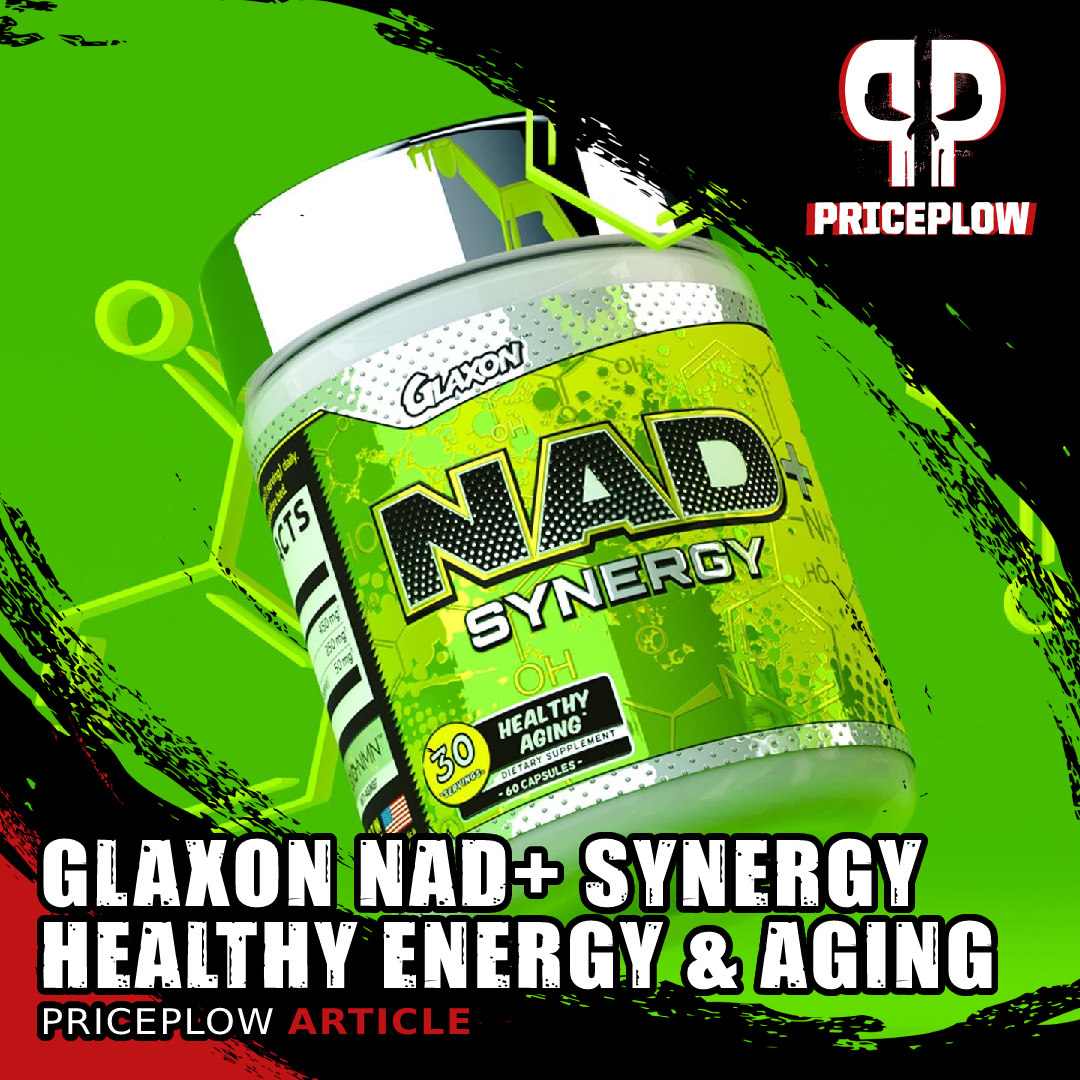
Glaxon NAD+ Synergy uses BioNMN (NNB Nutrition's nicotinamide mononucleotide ingredient) combined with two synergistic ingredients to keep NAD+ levels high for incredible cellular energy!
NAD+ Synergy: Better cellular energy, better healthspan
That's one of the many reasons why Glaxon formulated NAD+ Synergy. As you'll see in the following discussion, NAD+ is a molecule that's unbelievably important for cellular energy production and availability. Making sure that your cells have enough energy to continue functioning is a great way to optimize overall health. After all, your body is an emergent complex system that is predicated on the functioning of individual cells.
Glaxon NAD+ Synergy contains a synergistic blend of ingredients to help your body boost its critical NAD+ levels -- and keep them. This not only provides a potential anti-aging boost and bump in insulin sensitivity, some users even anecdotally experience a stimulant-free energy kick!
Our analysis is below, but first check PricePlow's prices -- the product initially launched on Amazon:
Glaxon NAD+ Synergy – Deals and Price Drop Alerts
Get Price Alerts
No spam, no scams.
Disclosure: PricePlow relies on pricing from stores with which we have a business relationship. We work hard to keep pricing current, but you may find a better offer.
Posts are sponsored in part by the retailers and/or brands listed on this page.
This area is reserved for Team PricePlow's upcoming Ingredients video.
Subscribe to our channel and sign up for notifications so you catch it when it goes live!
NAD+ Synergy Ingredients
A single two (2) capsule serving of NAD+ Synergy from Glaxon provides the following:
-
Beta-Nicotinamide Mononucleotide (as BioNMN) – 250 mg
NMN is the precursor to NAD+, but its use is improved with some synergistic ingredients explained below
Nicotinamide mononucleotide (NMN) is a nucleotide that provides energy to human cells.[3] It's formed by a reaction between nicotinamide and a phosphate group, and is generally derived from B vitamins. NMN is derived from niacin (also known as vitamin B3),[3] which occurs naturally in various foods.[4] However, there are benefits to providing some help..
The main purpose of NMN is to create a molecule called nicotinamide adenine dinucleotide -- NAD+ -- a coenzyme that regulates cellular metabolism.[3] NAD+ is important because it activates sirtuins, signaling proteins that regulate many aspects of overall health.[5]
In other words, NMN is valuable as an NAD+ precursor – NAD+ is the target molecule we're trying to upregulate here. The coenzyme is not orally bioavailable, but NMN is!
The roles of NAD+ in the human body are too numerous and profound to fully discuss here – it's simply beyond the scope of this article. If you want to learn as much as you possibly can about what NAD+ is and what it does, check out our long-form article on the ingredient titled NMN Supplements (nicotinamide mononucleotide): The NAD+ Energy Precursor.
But let's also do a quick summary on NAD+:
NAD+ and ATP
One common thing in all compartments of the cell: NMN leads to more NAD.[5] So can we get NMN into the cell quickly and efficiently? The answer is yes, and we're beginning to understand the gene that sets up the transporter to get it done.[6]
Adenosine triphosphate, also known as ATP, is the basic unit of energy in the human body. It's used as fuel for every single bodily function, from muscular contraction to DNA/RNA synthesis.[4] Mitochondria, which produce ATP, are often referred to as the "powerhouse of the cell" for this reason.
High levels of NAD+ facilitate ATP production because the reduction of NAD+ to NADH is what drives the electron transport chain. Generally speaking, a higher NAD+/NADH ratio predicts better metabolic health and longevity.[7]
Optimizing ATP production has tons of downstream benefits, because of how fundamental this process is to every other function in the human body. Energy insufficiency at the cellular level is linked to many degenerative illnesses,[8] so keeping energy availability high is definitely important.
NAD+ and sirtuins
The human body has seven sirtuins, numbered from SIRT1 to SIRT7. Each one performs different metabolic functions:[9]
- SIRT1 resides in the nucleus of cells where it regulates cell proliferation, apoptosis (programmed cell death), insulin signaling, and stress.[9] SIRT1 also helps defend against free radical damage.[10]
- SIRT2 controls mitosis, fat cell differentiation, genomic integrity, and cognitive aging.[9]
- SIRT3, SIRT4 and SIRT5 regulate the Krebs cycle, fat oxidation, and oxidative phosphorylation[9]— the final step in cellular respiration. These three sirtuins are absolutely essential for energy production.
- SIRT6 helps protect the genome from mutation.[9]
- SIRT7 activates RNA polymerase I transcription, which is responsible for transcribing ribosomal RNA.[9,11] Because ribosomes manufacture all the proteins in the cell, maintaining their integrity is paramount for optimal health.
What all of these sirtuins have in common is that they rely on the conversion of NAD+ to nicotinamide to function. In other words, NAD+ catalyzes many fundamental processes that control the human body.
Because of how profoundly important sirtuins are for human health, the role of NAD+ in sirtuin function is why NMA and the coenzyme have received so much attention recently from the scientific community.
NAD+ and metabolic health
Mitochondrial dysfunction, especially impaired fatty acid oxidation, is positively correlated with obesity and insulin resistance.[6,12] The same is true for impaired oxidative phosphorylation (mentioned above) and reduced mitochondrial enzymatic activity.[6]
A 2011 study published in the Journal of Clinical Investigation found that defects in NAD+ mediated SIRT1 signaling are associated with insulin resistance and obesity.[12]
Because high NAD+ levels are so important for mitochondrial function, boosting them can help improve obesity-related symptoms. In fact, practices like dieting and exercising benefit obesity in part because they increase 5' adenosine monophosphate-activated protein kinase (AMPK) activity, which in turn boosts NAD+ and upregulates SIRT1.[12] Indeed, for this reason, a 2016 study published in the journal Cell Reports found that increased NAD+ levels improved obesity and insulin resistance markers in mice.[13]
NMN and NAD+
Unfortunately, raising NAD+ levels in the body isn't as simple as just taking an NAD+ supplement. The bioavailability of oral NAD+ is poor, so the most effective supplementation strategy is to consume NAD+ precursors,[14] which are then converted by the body into NAD+. One of the most popular NAD+ precursors to supplement is niacin. But niacin is less than ideal because it has a very short half-life and can potentially cause liver damage.[15,16]
NMN doesn't have these issues, and has shown superior pharmacokinetic and pharmacological characteristics compared to other forms and derivatives of niacin.[17]
NMN-specific research
When studied in controlled settings with animal models, researchers found that NMN have the following properties:
- Anti-ischemic[18]
- Neuroprotective[19-21]
- Improves insulin sensitivity[22-24]
- Anti-obesogenic[25,26]
- Pro-longevity[27]
As time goes on, we're getting more and more human studies:
2021 Human research: improved muscle insulin sensitivity in women
A new research study on overweight, insulin-resistant women has shown that NMN supplements improve muscle insulin sensitivity. What does this mean for us?
In 2021, researchers published a double-blind, placebo-controlled study on humans -- specifically overweight and insulin-resistant women -- showing that NMN improves muscle insulin sensitivity![28]
When the study was published, we detailed it in an article titled New NMN Study: Improved Muscle Insulin Sensitivity in Women. The gist of the trial is that 13 women supplementing 250 milligrams of NMN twice daily ended up with a 20% average increase in muscle insulin sensitivity versus 12 women in the placebo group that had no such change.[28]
Even more interesting, NMN improved gene expression involved with muscle remodeling and structure.[28]
The study used a quite reasonable dose, and shows that you may just be able to get more from your carbohydrates with NAD+ Synergy as well -- although if you're really interested in this effect, you should check out Glaxon Xerion, which also includes GlucoVantage dihydroberberine which is best-in-class for this type of effect.
2021 Human research: improved aerobic capacity in runners
Put mice on an obesogenic high-fat diet and give them NMN and their glucose tolerance will be better than similar mice given exercise and no NMN![26]
Another study published in 2021 tested NMN in runners in four different groups:[29]
- 300 mg/day NMN
- 600 mg/day NMN
- 1200 mg/day NMN
- control group (placebo)
Each group had ten men and two women (who were healthy and young to middle-aged), who ran 5-6 times per week for six weeks throughout the study.
At the end of the study, all groups had improvements in oxygen utilization, and it was dose-dependent, meaning the highest-dosed group had the greatest benefits.[29]
The researchers concluded the following:
NMN increases the aerobic capacity of humans during exercise training, and the improvement is likely the result of enhanced O2 utilization of the skeletal muscle.[29]
The researchers are clear to point out that the effects are muscle-based more so than cardiac-based, which is great for the sports nutrition minded Glaxon consumer.
Afternoon energy: NMN reduces late-day fatigue in elderly (2022)
NNB Nutrition's BioNMN takes NMN bioavailability to a new level, and is backed by an incredibly innovative novel ingredient development team
m
A new 12-week study published in 2022 showed that 250 milligrams of NMN in the afternoon reduced drowsiness in older adults while also improving lower limb function.[30] It did not improve sleep, however.
This gives us a hint that the ingredient may be effective if used as a "stimulant-free energy source" for those who want a bit more energy in the afternoon, but don't want to take caffeine at that time.
From these results, it's quite clear that NMN raises NAD+ levels in animals and that humans have great effects too. Human research is still coming along, so these results will surely grow — but as of the NAD+ Synergy launch, they're very promising.
-
Quercetin Dihydrate – 450 mg
Quercetin is a flavonoid polyphenol that occurs naturally in a lot of common foods, including but not limited to coffee, onions, orange juice and red wine.[31]
Boosting NAD+ is great, but let's work from the other side of the coin as well - reducing its consumer, the CD38 enzyme. Quercetin, luteolin, and apigenin are three great ways to do it, and each bring their own other benefits as well![33] With NAD+ Synergy, we actually have two of these ingredients inside
Quercetin has powerful antioxidant, anti-inflammatory, anti-platelet, antiviral, anti-carcinogenic, and anti-allergenic properties.[31,32] It has been shown to reduce lipid peroxidation and strengthen capillaries.[31,32] There is also evidence showing that supplementation with quercetin can improve immune function and reduce allergy symptoms.[31,32]
Quercetin helps allergy sufferers by suppressing histamine and other inflammatory molecules like cytokines and interleukin IL-4, all of which trigger the inflammatory response in the body.[32] Because of this, quercetin can also help reduce joint pain and increase functional movement abilities affected by rheumatoid arthritis.[34]
The mechanism explains why it's here -- quercetin is a known CD38+ inhibitor[33] -- and this is important because CD38+ is a major consumer of NAD+. By using this ingredient (as well as apigenin listed next), we can keep NAD+ levels higher, playing a more "defensive" role.
Quercetin also probably helps rejuvenate aging cells, thus improving skin appearance.[35] However, evidence on this subject remains preliminary.
Nevertheless, the idea that quercetin might slow the aging process is plausible, because quercetin has been shown to increase mitochondrial biogenesis in muscle cells.[36]
Although quercetin exists in many forms, here Glaxon opts for the dihydrate form because it's been shown in some studies to have superior bioavailability compared to other forms.[37]
Quercetin works synergistically with caffeine – not surprising, since it occurs naturally in tea and coffee – so if you're a big coffee drinker, supplementing with quercetin will give you a little extra benefit.[38]
Quercetin appears in this stack because it attacks the NAD+/NADH ratio from the other direction – it helps oxidize NADH, converting it back into NAD+.[39]
-
Celery Seed Extract (std. for 98% apigenin) – 50 mg
Researchers seem quite comfortable and confident stating a causal link between CD38 increase and NAD decline during the aging process.[40]
Glaxon uses celery seed extract as a source of apigenin, a flavonoid that occurs naturally in many fruits and vegetables.
A 2019 research review published in the International Journal of Molecular Science found that apigenin has therapeutic value in the treatment of several medical conditions, including Alzheimer's disease, diabetes, cancer, amnesia, insomnia and depression.[41]
Apigenin is stacked with NMN because it has also been shown to positively influence the NAD+ to NADH ratio,[33] thus protecting mitochondria from oxidative stress[42] – much like NMN itself, the flagship ingredient of this formula. Like quercetin, it's a CD38+ inhibitor.[33]
How does apigenin do this? Possibly by inhibiting a key enzyme of NAD+, thus preventing NAD+ from breaking down and extending its half-life.[43]
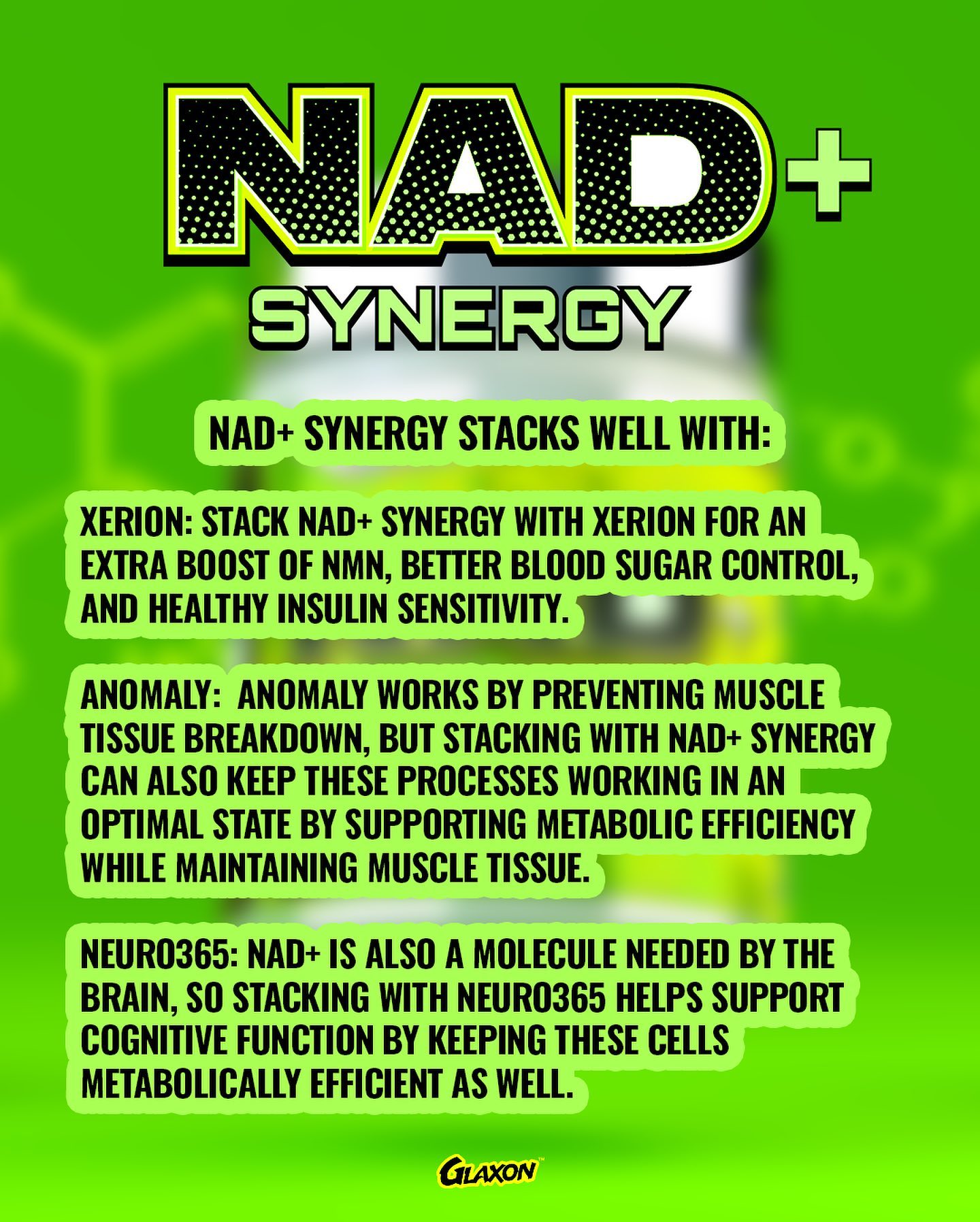
Glaxon NAD+ Synergy stacks great with Xerion
Healthy aging the Glaxon way
The best supplement formulas contain synergistic ingredients, and NAD+ Synergy from Glaxon is no exception – hence the name!
When we originally wrote our NMN article, we included a stack section at the bottom to get the most out of ingredients like BioNMN. It turns out that Joey Savage, chief science officer and formulator at Glaxon, was on the exact same page -- because he used exactly what we hoped some formulator would!
Between boosting NAD+ production directly (NMN), oxidizing NADH to NAD+ (quercetin), and inhibiting enzymes that break down NAD+ (apigenin), Glaxon maximizes the ratio of NAD+ to NADH from pretty much all known possible angles.
Glaxon NAD+ Synergy – Deals and Price Drop Alerts
Get Price Alerts
No spam, no scams.
Disclosure: PricePlow relies on pricing from stores with which we have a business relationship. We work hard to keep pricing current, but you may find a better offer.
Posts are sponsored in part by the retailers and/or brands listed on this page.
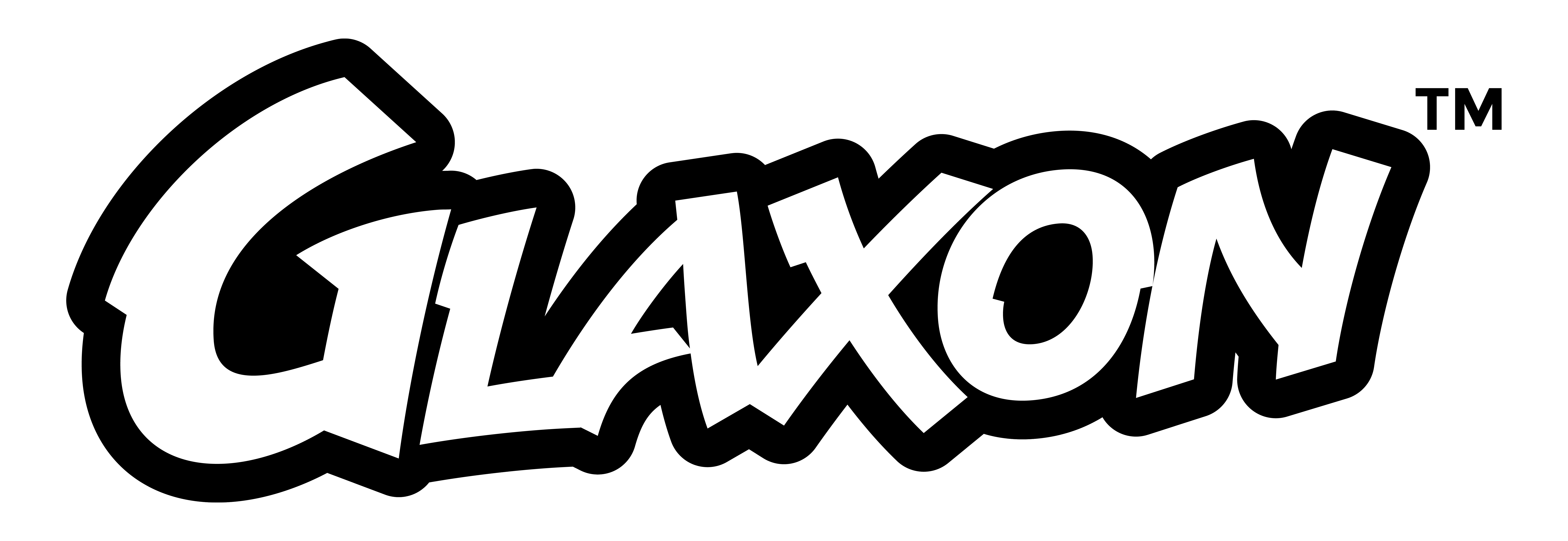
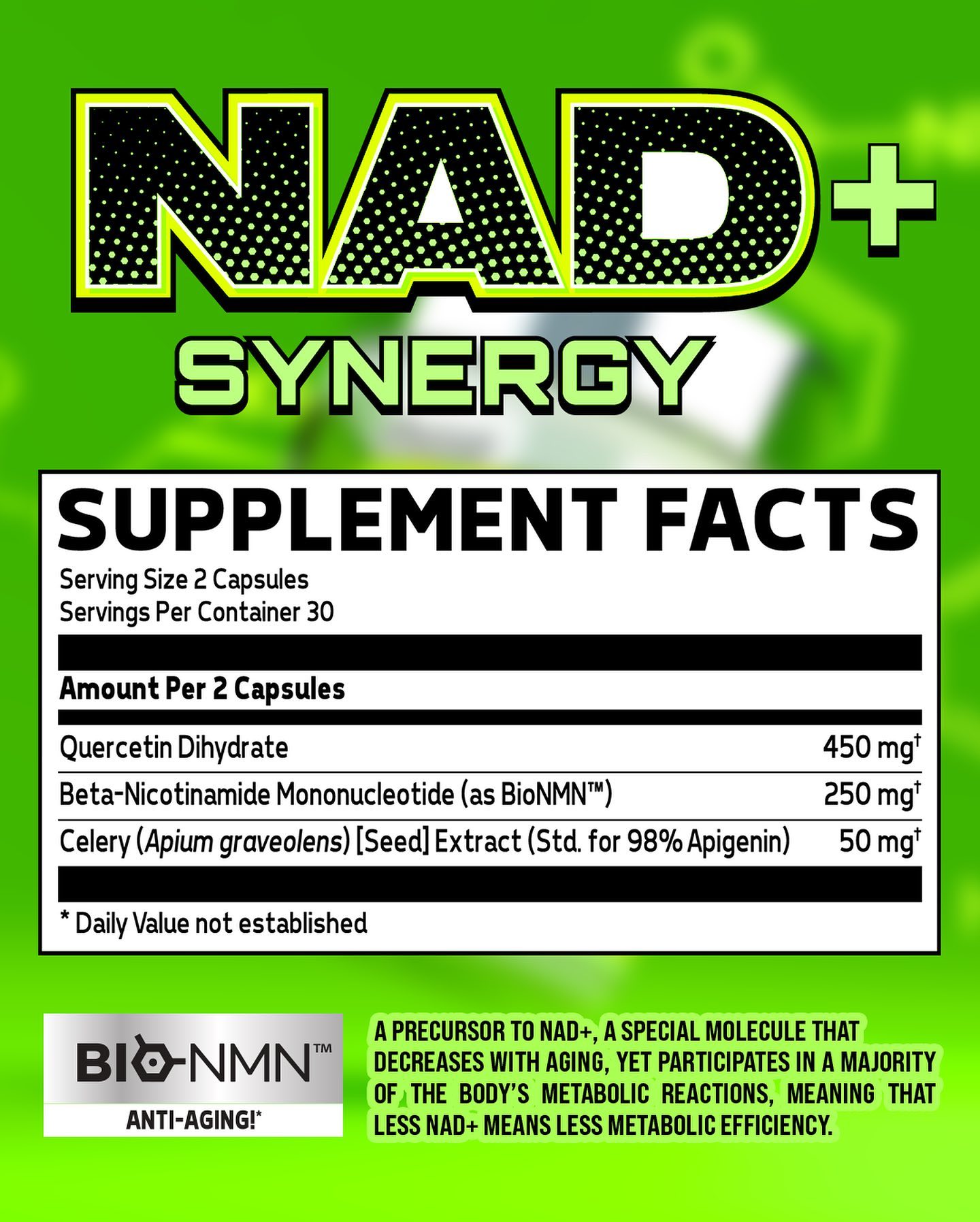
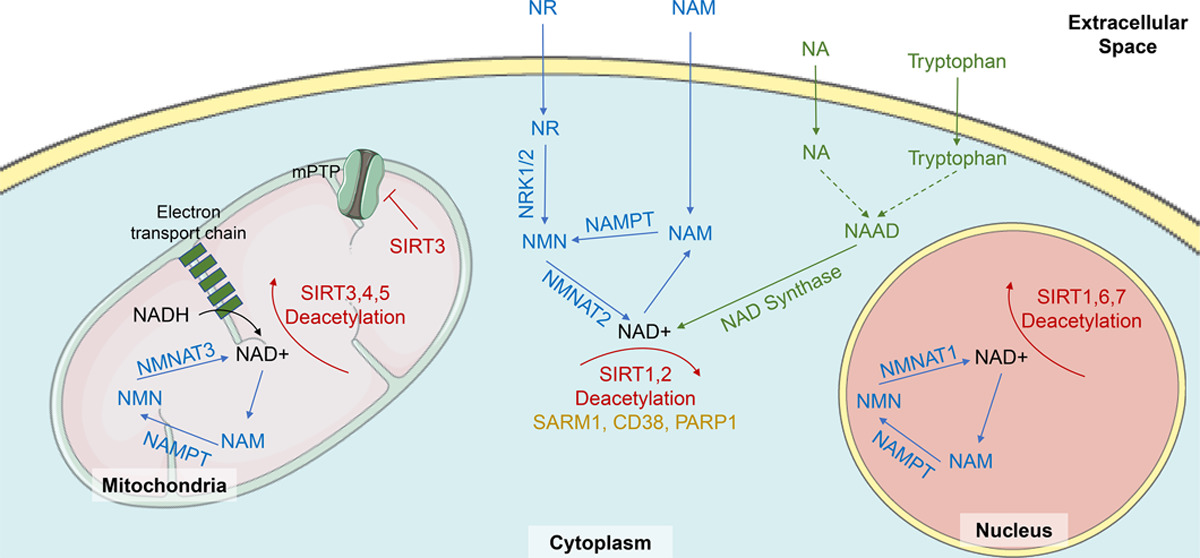
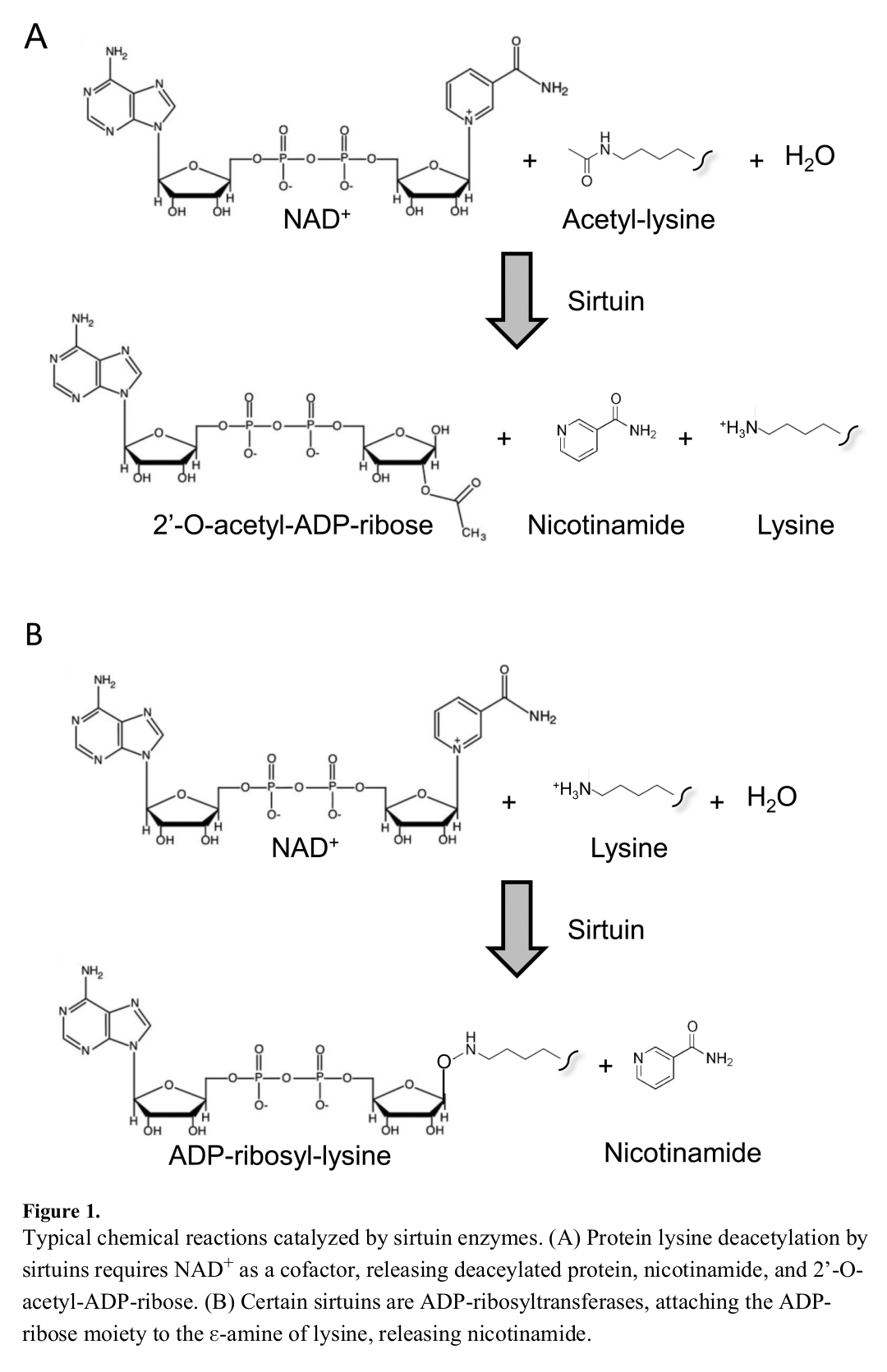

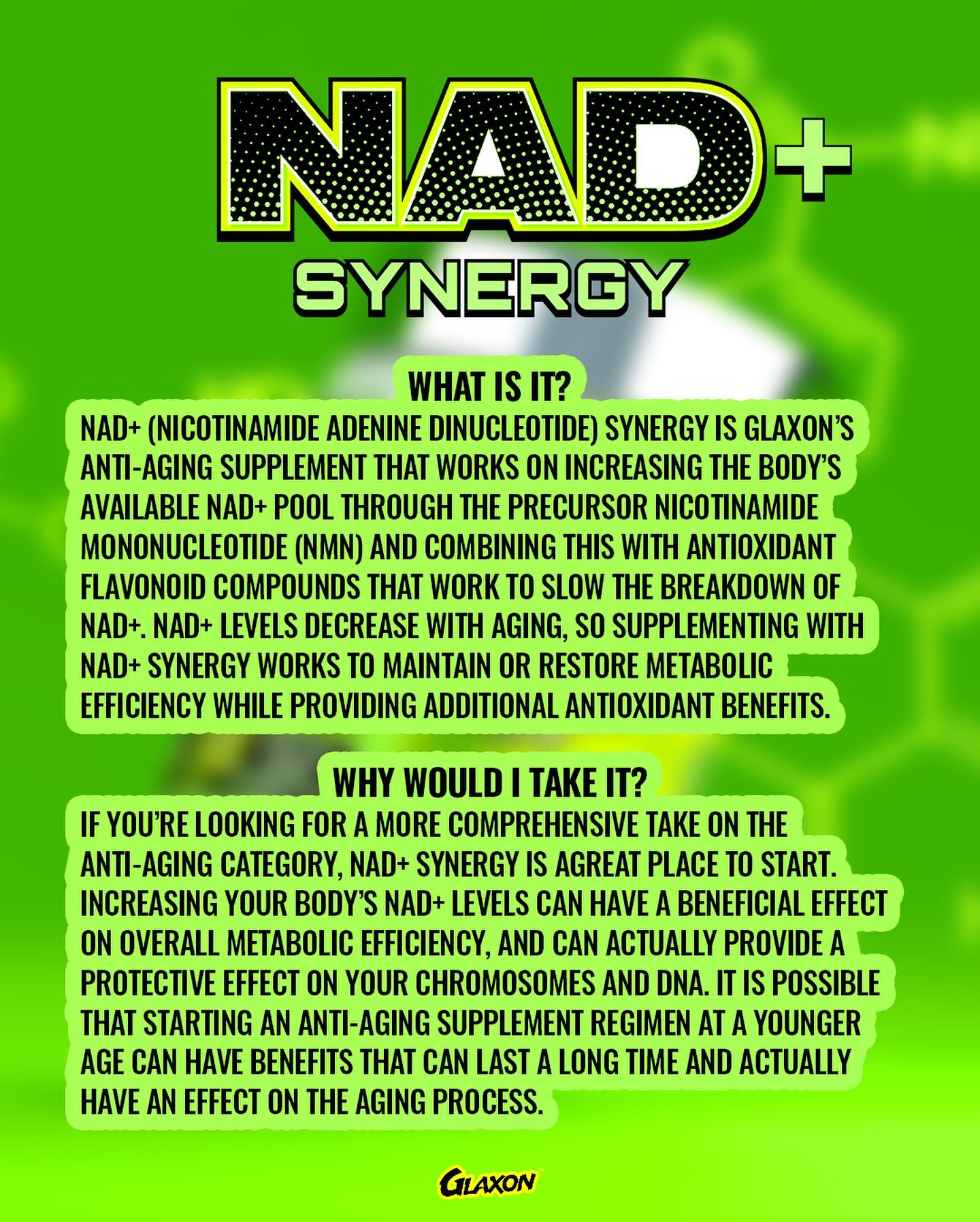

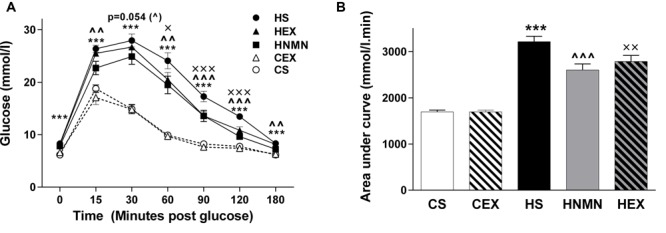

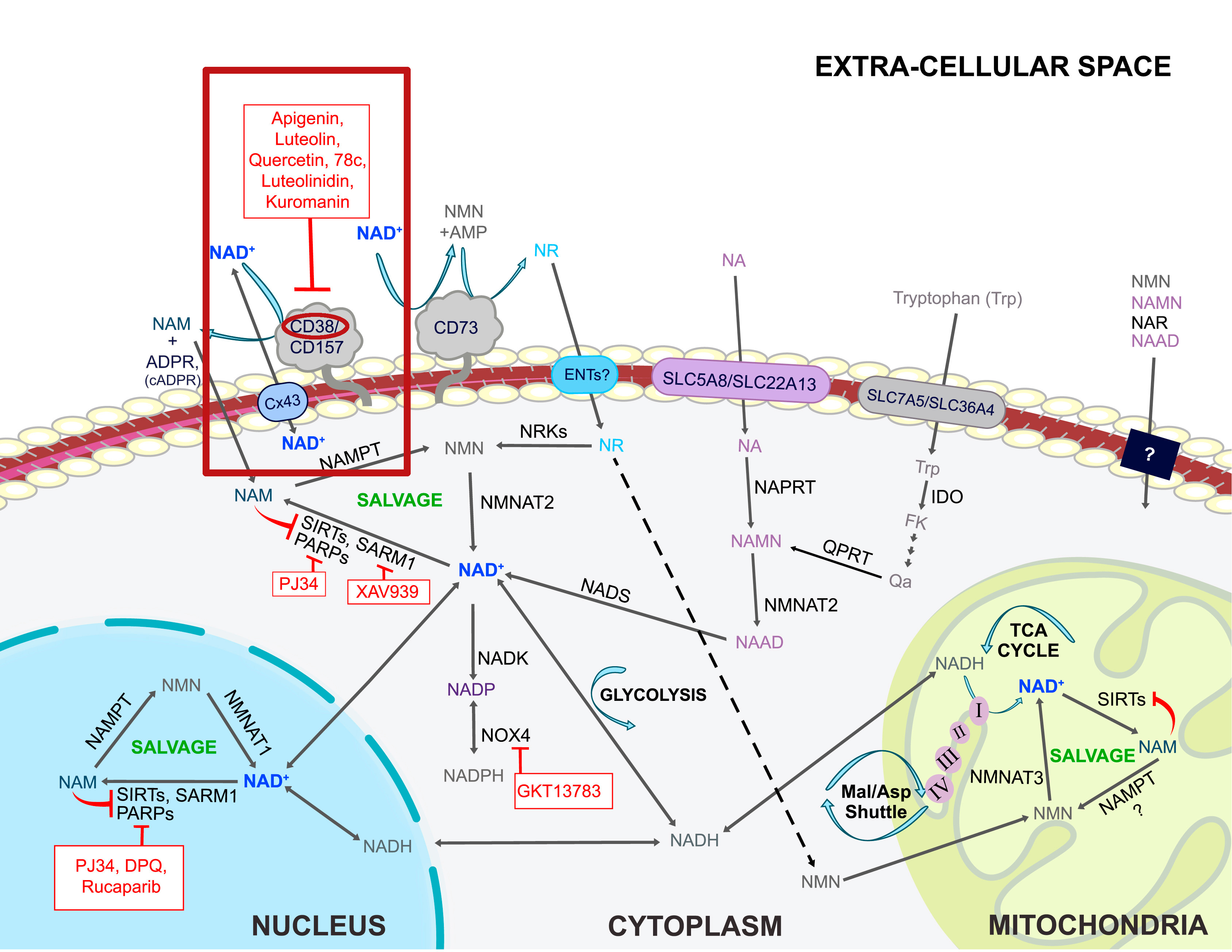
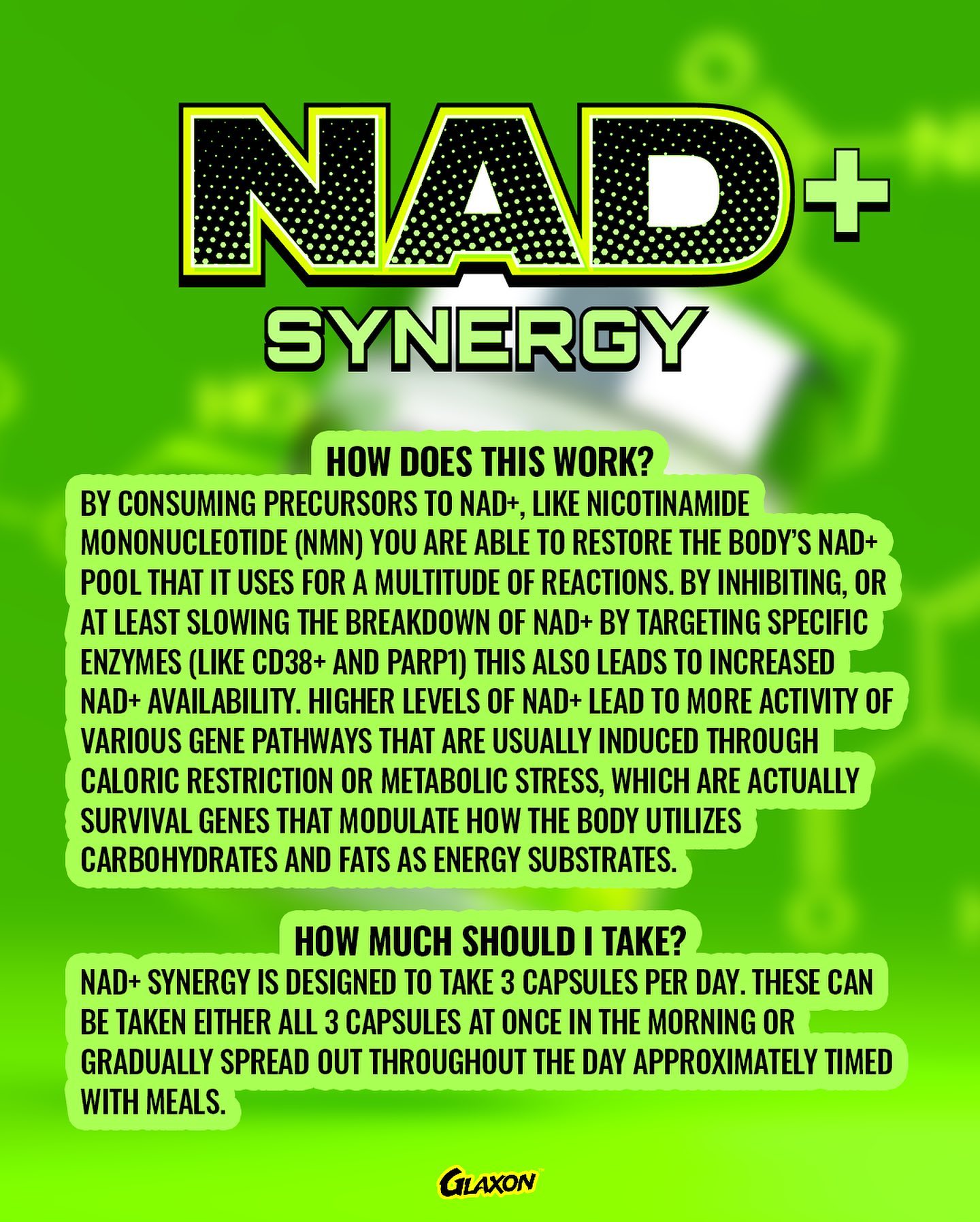

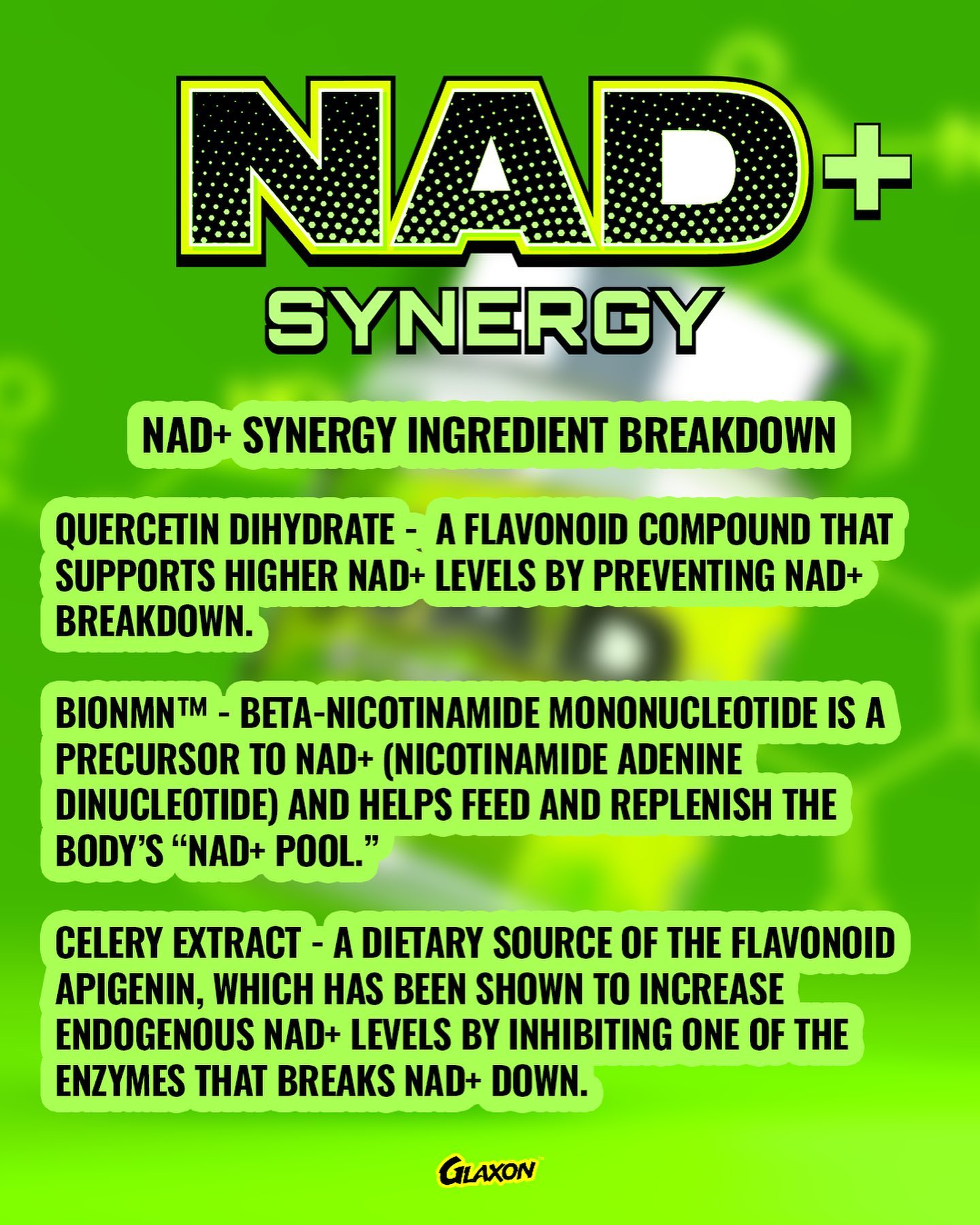



Comments and Discussion (Powered by the PricePlow Forum)